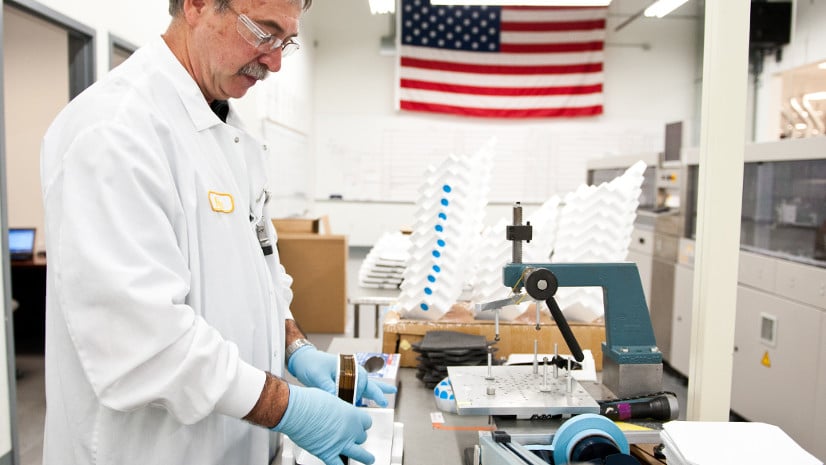Throughout the Section 201 trade case, Solar Energy Industries Association (SEIA) and other parties repeatedly alleged that Suniva’s creditors were merely using the case to get a better price for the bankrupt cell maker’s equipment, and did not have a credible plan to restart manufacturing, as required under the Section 201 process.
And whether that allegation was true, or whether Suniva still had no ability to compete given the final Section 201 ruling’s annual exemption for 2.5 GW of imported cells, a court decision yesterday looks like the end of the road for the company.
On May 3, a bankruptcy court gave creditor Wanxiang America permission to sell the tools and spare parts in which it holds a financial interest. This follows on a ruling in April allowing creditor SQN Capital to also sell off tools, and Wanxiang will sell its portion of the tools and spare parts at the same auction on May 24.
The list of equipment for sale includes plasma enhanced chemical vapor deposition (PECVD) and diffusion tools, implanters, laminators, sunlight simulators and a variety of other equipment from both Suniva’s Georgia cell plant and Michigan module facility. Manufacturers include Centrotherm, Applied Materials and Spire Corporation.
The end of the road?
While it was highly unlikely that Suniva could have re-emerged following the sale of the tools claimed by SQN Capital, it now looks even less likely.
One final possibility is that if no one buys these tools at auction, Suniva could re-start. It is unclear what value the cell tools have in the United States. SolarWorld and Panasonic are the only companies known to pv magazine that are still making crystalline silicon solar cells in the United States, and it is unclear if these tools would be of value in making the multi-junction cells Panasonic uses as the base for its Heterojunction Intrinsic Thin film (HIT) cells and modules.
Any buyers who would want to use these tools overseas would need to ship them a substantial distance.
This content is protected by copyright and may not be reused. If you want to cooperate with us and would like to reuse some of our content, please contact: editors@pv-magazine.com.









By submitting this form you agree to pv magazine using your data for the purposes of publishing your comment.
Your personal data will only be disclosed or otherwise transmitted to third parties for the purposes of spam filtering or if this is necessary for technical maintenance of the website. Any other transfer to third parties will not take place unless this is justified on the basis of applicable data protection regulations or if pv magazine is legally obliged to do so.
You may revoke this consent at any time with effect for the future, in which case your personal data will be deleted immediately. Otherwise, your data will be deleted if pv magazine has processed your request or the purpose of data storage is fulfilled.
Further information on data privacy can be found in our Data Protection Policy.